CLOVIS 57
Well-known member
Hello,
I am happy to share with you my latest discovery. A beautiful Bavarian Shako, nickel silver fittings, therefore "technical troop". Thanks to his nominette we learn that he is neither a "Flieger" nor a "Feldsprecher", nor a "Telegraphen" but a wireless radio operator. After research, I learned that during the mobilization, the wireless transmissions by hertzian diffusion were only at their beginning. It was in 1915 that the "Funker-Station" appeared. There were then only 2 radio stations for Bavaria. Signaling units (Nachrichtentruppen), associated with the
Engineering (Pionier-Bataillon), the color of the fittings was white-silver. These small units, were organized in "Detachment" or "Abteilung" and depended directly on an Army or an Army Corps. The label is marked: Funker-Ersatz-Companie and Funker-Ersatz-Abteilung-Rekruten. This Shako being always in nickel silver and not in gray cast iron M15, it can be dated to the year 1915. (In fact before April 1916, because the Bavarian AKO does not validate the Prussian AKO of September 15 until April 16. This Shako being always in nickel silver and not in gray iron M15. Indeed, before 14, the radio did not exist, and after April 16 this Shako became "standard" in iron gray.
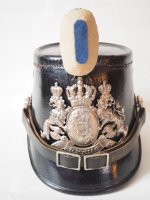
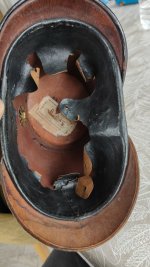
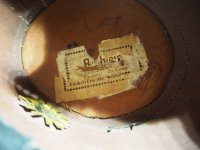
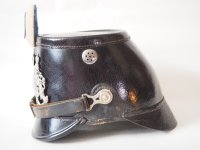
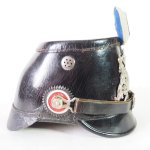
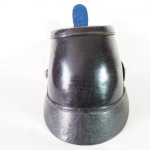
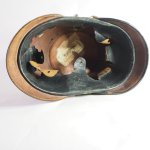
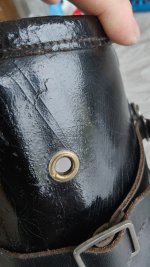
Avant d'acheter ce Shako, j'ignorais l'existence d'opérateurs radio pendant la Première Guerre mondiale. En fait, j'ai appris que les transmissions radio étaient principalement utilisées pour et par les observateurs aériens pour informer le sol. aérien entre l'air et le sol (Luftschiffer, ballon d'observation, Flieger etc...) La marine utilisait le code Morse par signal lumineux. Les troupes au sol utilisaient le télégraphe, le code Morse par signal audio, le code Morse par signal lumineux ou le téléphone.
I am happy to share with you my latest discovery. A beautiful Bavarian Shako, nickel silver fittings, therefore "technical troop". Thanks to his nominette we learn that he is neither a "Flieger" nor a "Feldsprecher", nor a "Telegraphen" but a wireless radio operator. After research, I learned that during the mobilization, the wireless transmissions by hertzian diffusion were only at their beginning. It was in 1915 that the "Funker-Station" appeared. There were then only 2 radio stations for Bavaria. Signaling units (Nachrichtentruppen), associated with the
Engineering (Pionier-Bataillon), the color of the fittings was white-silver. These small units, were organized in "Detachment" or "Abteilung" and depended directly on an Army or an Army Corps. The label is marked: Funker-Ersatz-Companie and Funker-Ersatz-Abteilung-Rekruten. This Shako being always in nickel silver and not in gray cast iron M15, it can be dated to the year 1915. (In fact before April 1916, because the Bavarian AKO does not validate the Prussian AKO of September 15 until April 16. This Shako being always in nickel silver and not in gray iron M15. Indeed, before 14, the radio did not exist, and after April 16 this Shako became "standard" in iron gray.








Avant d'acheter ce Shako, j'ignorais l'existence d'opérateurs radio pendant la Première Guerre mondiale. En fait, j'ai appris que les transmissions radio étaient principalement utilisées pour et par les observateurs aériens pour informer le sol. aérien entre l'air et le sol (Luftschiffer, ballon d'observation, Flieger etc...) La marine utilisait le code Morse par signal lumineux. Les troupes au sol utilisaient le télégraphe, le code Morse par signal audio, le code Morse par signal lumineux ou le téléphone.
Last edited:
